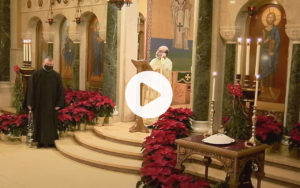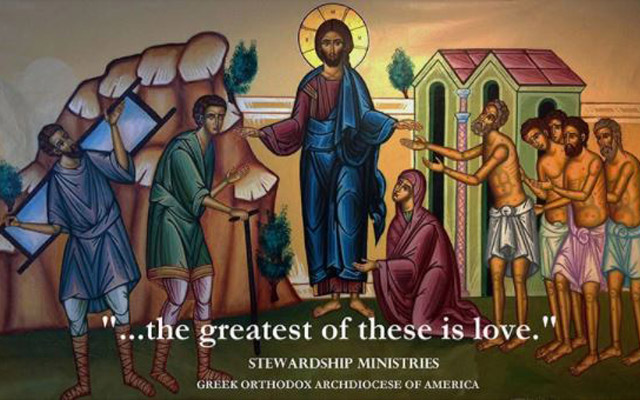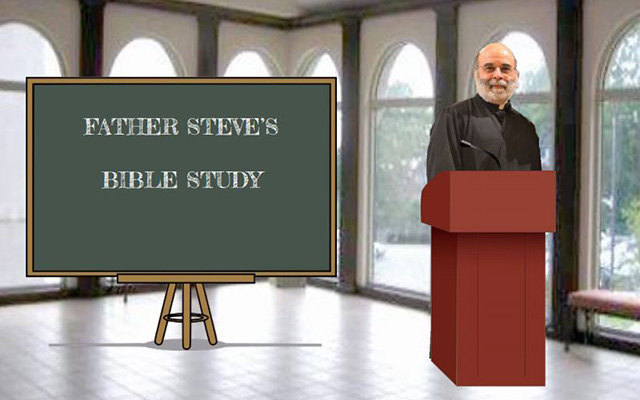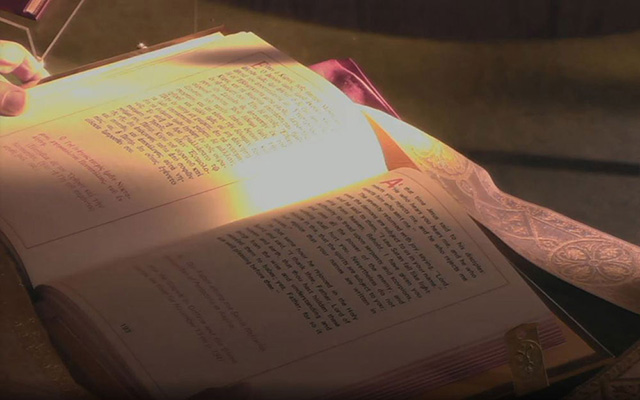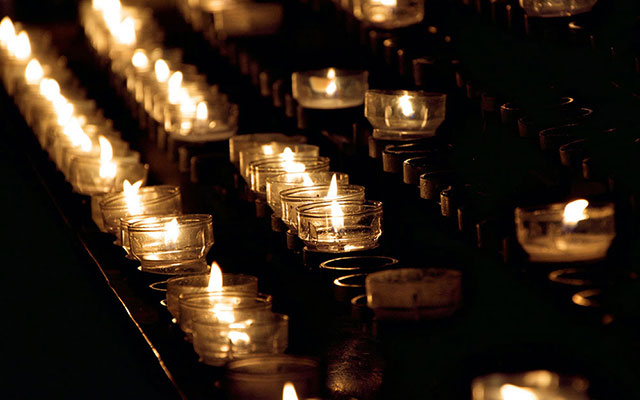Presentation of Christ to the Temple
Introduction This feast, celebrated on February 2, is known in the Orthodox Church as The Presentation of Christ in the Temple. Another name for the feast is The Meeting of our Lord. Roman Catholic and Protestant Christians call the feast, The Purification of the Holy Virgin. About 450 AD in Jerusalem, people began the custom of holding lighted candles during the Divine Liturgy of this feast day. Therefore, some churches in the West refer to


